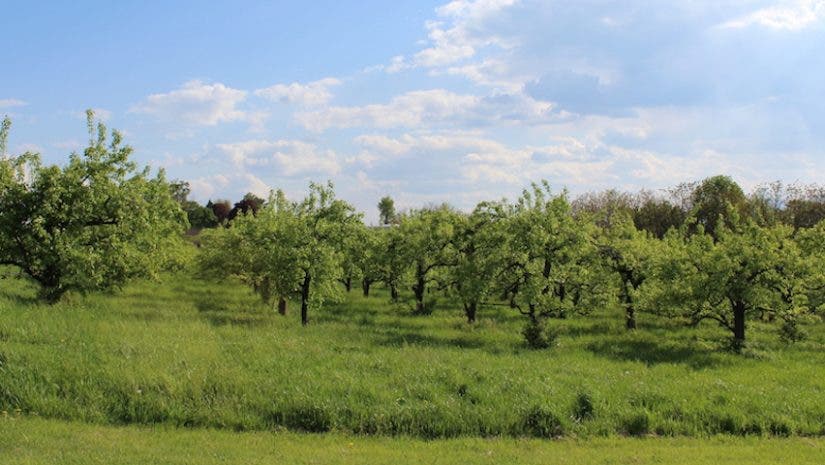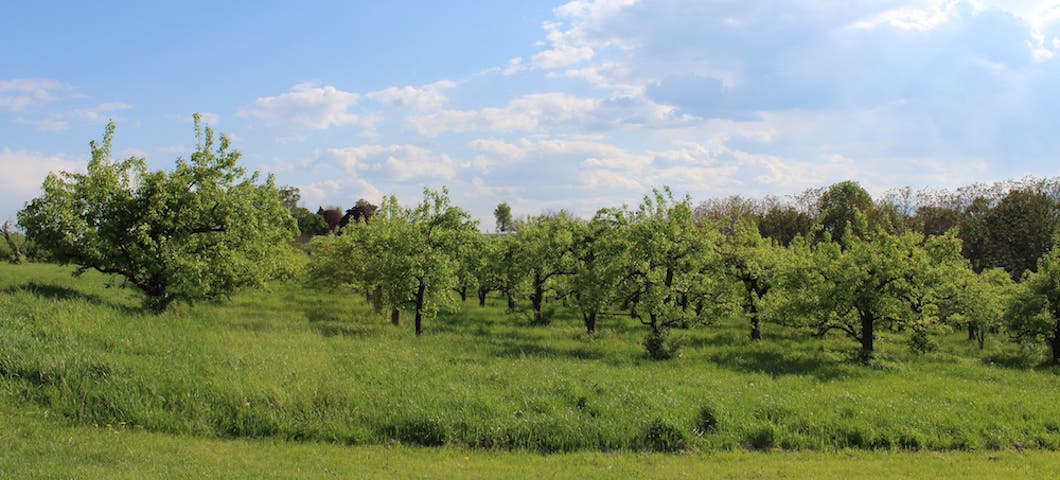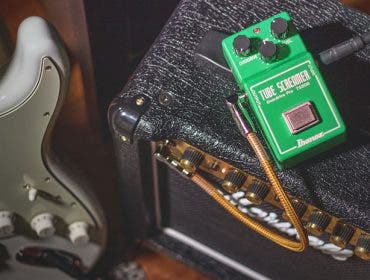It should come as no surprise that summer is peak picture-taking season. It’s the time for vacations, traveling, hiking, water sports, beach parties, and countless other outdoor activities. The days are longer too, extending the range of picture-taking opportunities.
However, as most experienced shooters know, summertime picture taking also poses a number of challenges. Brilliant sunshine directly overhead often results in harsh shadows and unflattering portraits. The brightness range of the scene may exceed the capacity of your camera’s sensor to capture detail in both the highlight and shadow areas. It’s often tough to shoot at wide apertures, making it more difficult to create the shallow depth of field needed to make your subject “pop” off a soft background. And of when you’re shooting on the trail, at the beach, or in a heavy downpour, you run the risk of damaging your equipment.
To deal with these and other potential downsides of summertime shooting, we’ve compiled this handy list of 10 summertime shooting tips, all designed to enhance your summertime shooting experience.
1. Get up early and shoot late:
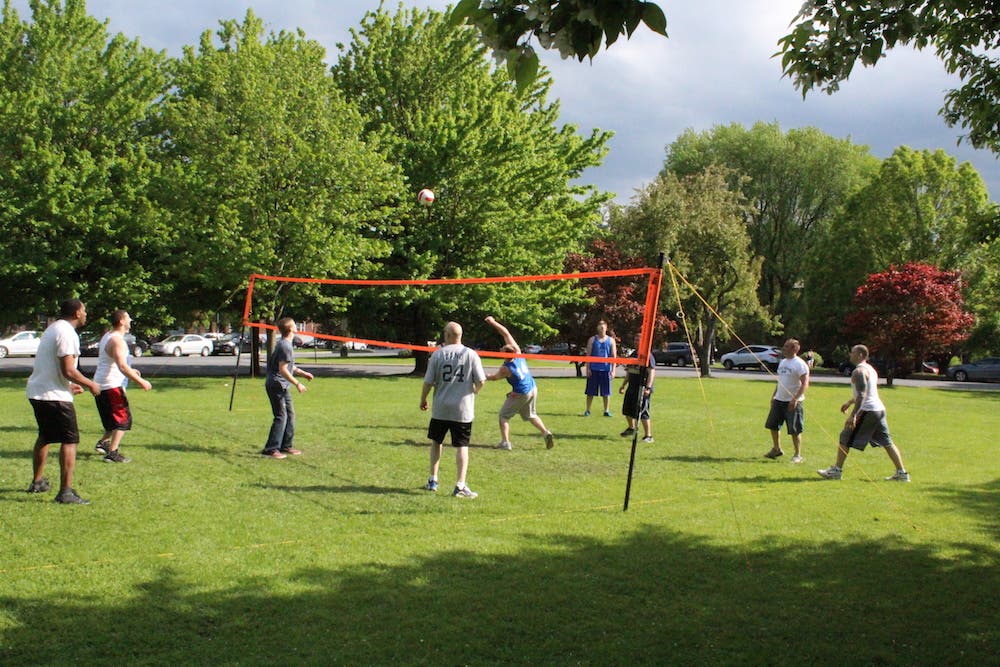
Taking pictures shortly after dawn and into the early morning, and again during the hour or two before dusk, is a good way to avoid the harsh quality of midday sunlight, a period that extends for four to five hours during the summer months. Locations near water are ideal for shooting dynamic scenic images around dawn or dusk because the water reflects the colors in the sky.
Other strategies: reschedule your portrait shoot for an overcast day, or move your subjects to a shaded area, or even head indoors where you can photograph them by more flattering window light.
2. Use a polarizing filter:

They’re ideal for shooting summer scenic and landscape images because they increase overall color saturation, add contrast to clouds for dramatic skies, and eliminate unwanted glare from water and glass surfaces. Getting the desired effect is easy — just rotate the front ring of this two-part filter until you see what you want in the viewfinder or on your camera’s LCD.
Circular polarizers do reduce the amount of light reaching the sensor, but they don’t affect metering or AF accuracy when used on todays TTL-metering DSLRs and mirrorless cameras. A good choice: Tiffen Digital HT Circular Polarizing Glass Filter ( in 52mm size.)
3. Try a variable neutral density (VND) filter:
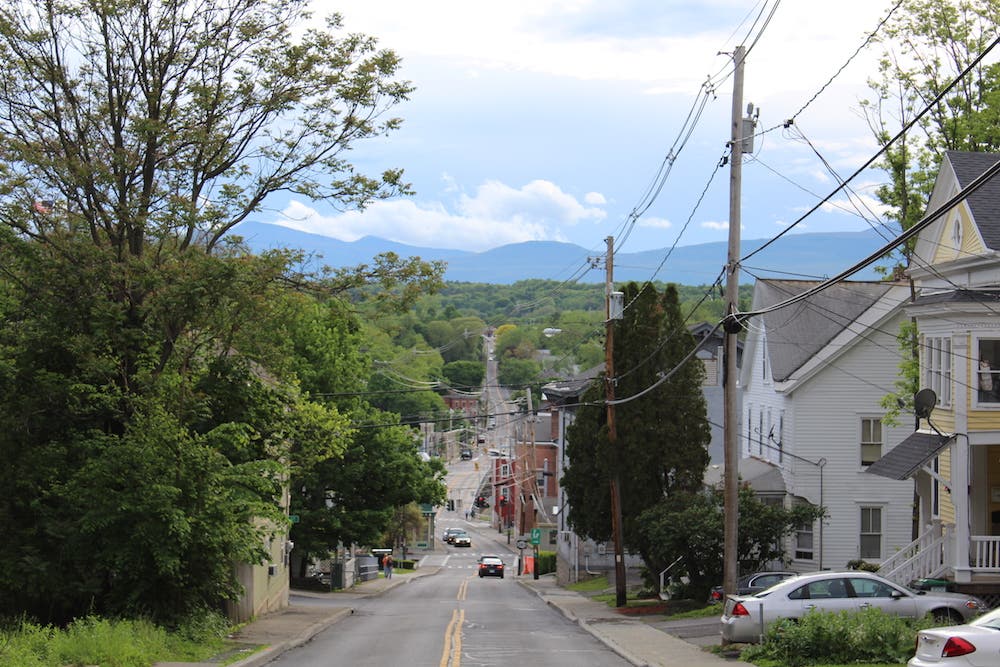
It’s the perfect summertime filter because it lets you control the amount of light reaching the sensor. Even when setting your camera to its lowest ISO won’t do the trick, it lets you shoot at wider apertures and/or slower shutter speeds on bright sunny days and capture gorgeous pictorial effects. In effect this VND filter adds another control to the camera, a continuously variable ring that lets you control and assess the amount of light coming though the lens.
By turning the milled front ring on the filter you can generally reduce the exposure from 2 stops (ND 0.6) to 8 stops (ND 2.4), or anything in between. A reference scale makes it easy to return to any previously used setting. Note: Although it uses polarization to achieve variable ND control, the VND is not a polarizing filter. A good choice: Tiffen Variable Neutral Density (VND) Filter ( in 58mm size.)
4. Use fill flash:

It may seem counterintuitive to shoot with flash on a bright, sunny day at the beach, but it’s a great way to tame those harsh midday shadows and achieve pleasant, natural looking people pictures without ugly shadows cast by hats, glasses, noses, etc. A relatively powerful accessory shoe-mount flash unit is generally more effective than your camera’s built-in flash and if it has a zoom-tilt head, built-in “bounce card,” and a wide-angle diffusor it’ll give you even more control over the lighting effects.
Make sure to set your auto-flash to the “force flash” setting so it will fire even in bright light, and experiment with the settings until you achieve the effects you want.
5. Opt for a rugged, waterproof camera:

Today’s active lifestyle “everything proof” cameras are virtually indestructible high-performance broad-spectrum compacts that are perfect for capturing summertime images. They’ll withstand the rigors of surfing, snorkeling, scuba diving, boating, hiking, rock-climbing, bungee jumping, or any other activity you might think twice about covering with an unprotected DSLR or mirrorless camera. They feature rugged, assertive styling combined with waterproof, dustproof, shockproof, and freeze-proof construction.
Most deliver an impressive array of high tech, including full HD and/or 4K video capability, high-res-sensors, bigger, high-res LCDs, OLED monitors, built-in Wi-Fi and NFC connectivity and GPS, and enhanced waterproof ratings. Positioned at the intersection of high style, high adventure, and cutting-edge technology they deliver a satisfying blend of high-end performance and shooting flexibility that makes them a high-value proposition for serious summer shooters who want to go anywhere, in any weather, and bring back awesome images. A good choice: Panasonic Lumix TS7 ().
6. Pack portable reflectors:
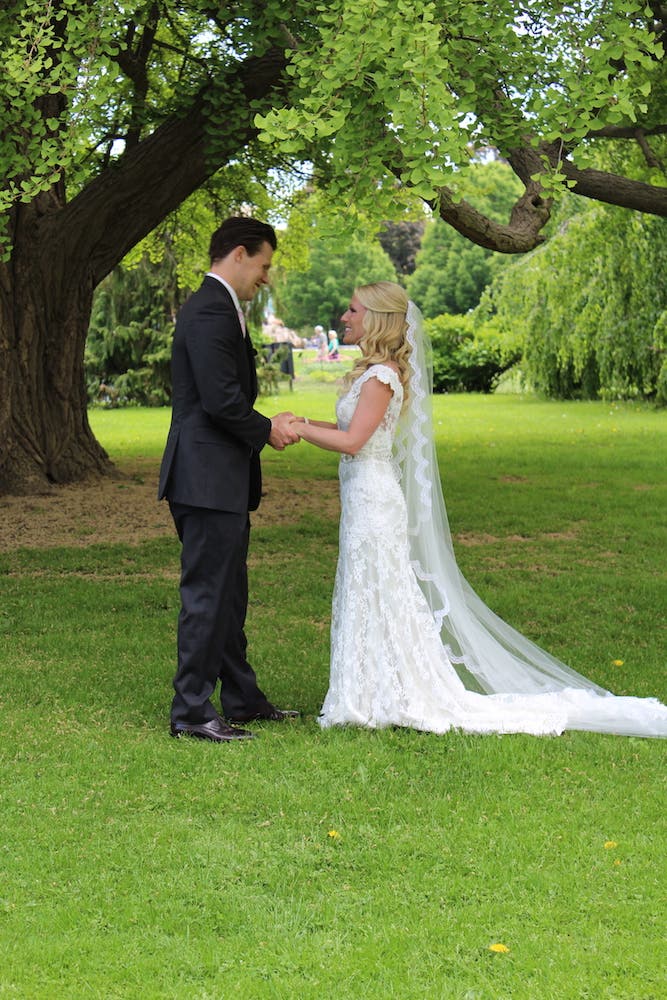
These versatile light modification tools are great for filling in the harsh shadows often encountered when shooting in bright sunlight. Popular reflector kits provide white, silver, gold, and black surfaces plus a one-stop translucent diffusion panel and they’re a great way to achieve the precise lighting effects you want whether you’re shooting on location outdoors or indoors.
The white disc provides a neutral fill, the silver one adds contrast and increases specular highlights, gold adds a touch of warmth, black blocks unwanted reflections and eliminates spill, and the translucent disc cuts the light by one stop and creates a broader, softer light source. Suggestion: go for the 42-inch size discs, which are suitable for 3/4-length portraits and medium-sized still life subjects. They fold to a third of their size for easy storage and will fit in a medium-sized camera bag. An excellent example: Glow Portable 5-in-1 42” Reflector Kit ().
7. Use flower power for striking images:
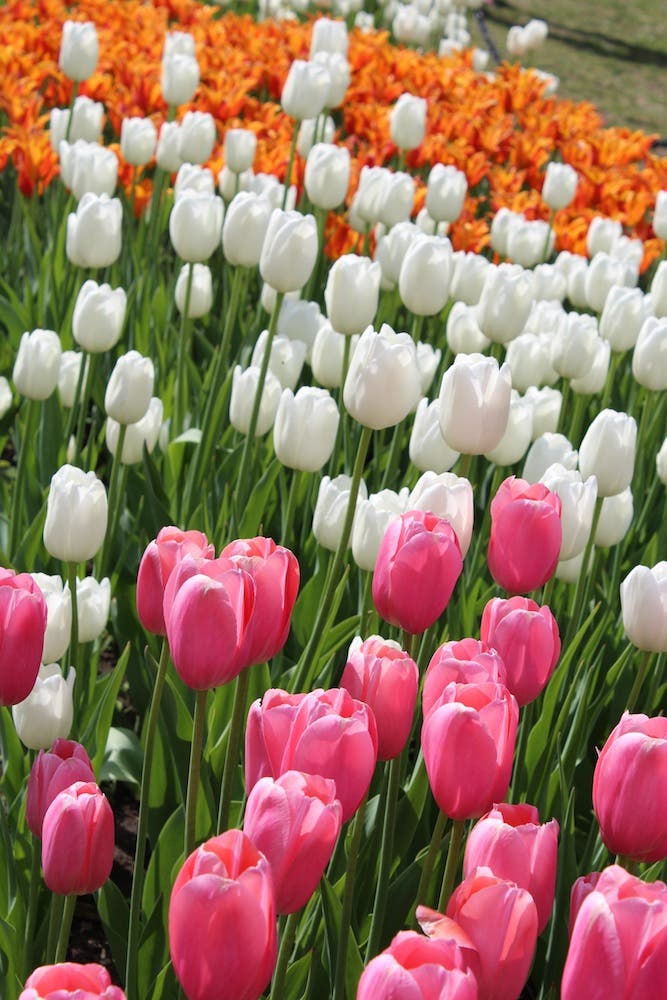
Many flowers, trees, bushes, and other plants are at their peak during the summer and their vibrant blooms create a riot of color that make them compelling and colorful subjects that will delight your viewers. Brilliant and subtly hued flowers can be found in private gardens, public parks, in forests, and along the roadside so keep your eyes peeled and you’ll be rewarded with great shots.
You can zoom in or use a macro lens to capture stunning floral close-ups of single flowers, or use a long telephoto or zoom for a compressed perspective. Experiment with wide and narrow depth-of-field, choosing a small aperture like f/16 or f/22 to capture a broad expanse of flowers in perfect focus, or a wide aperture like f/2.8 or f/2 to isolate and highlight individual flowers against a soft floral background of a contrasting color.
8. Pack a good lens cleaning kit:

You’ll be glad to have this essential travel accessory on hand when those inevitable moments strike and dirt, dust, water, fingerprints etc. contaminate your lens and threaten to ruin your day, The best ones come complete with an optical cleaning solution suitable for all glass and plastic surfaces, a microfiber cloth, a retractable brush, some soft cotton swabs with paper shafts, and a small air blower.
Top choice: Zeiss Complete Optics Cleaning Kit (). It’s also a good idea to mount a UV filter over your lens. It shields your lens and also lessens the bluishness in distant skies and in scenic images shot over water. A ceramic UV filter like the Sigma WR Ceramic Protector ( in 77mm size) provides extra impact protection.
9. Use a tripod or monopod:
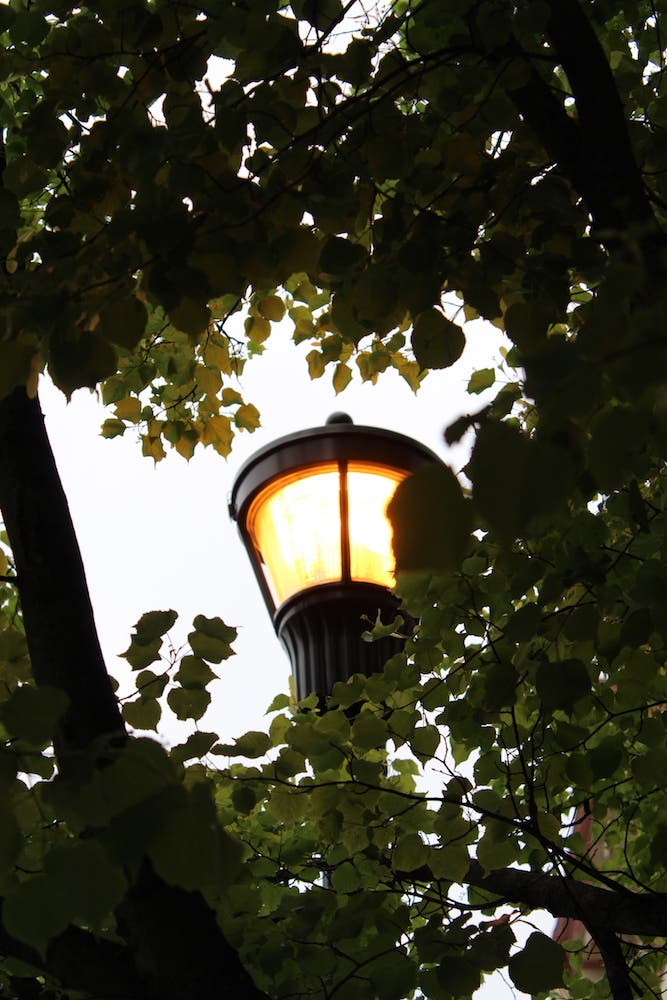
Tripods are the single greatest photographic accessories ever invented because they provide a stable platform regardless of the shooting conditions. They’re essential for night shots and time exposures, and they optimize sharpness when shooting wildlife, nature and sports with extreme telephoto lenses and ultra-long zooms — all popular summertime shooting options.
If you can’t pack a full-size tripod, a sturdy travel tripod like the Davis & Sanford Traverse Super Compact Tripod with Ball Head () or the Surui 4-Section Aluminum Alloy Tripod () are excellent choices. A monopod is also a great ultra-portable accessory that takes up little space and can add crucial stability when shooting in dim light or with long telephoto lenses in the field. Example: the Manfrotto Compact Aluminum Monopod Advanced ().
10. Enhance your optical options with a tele-converter:
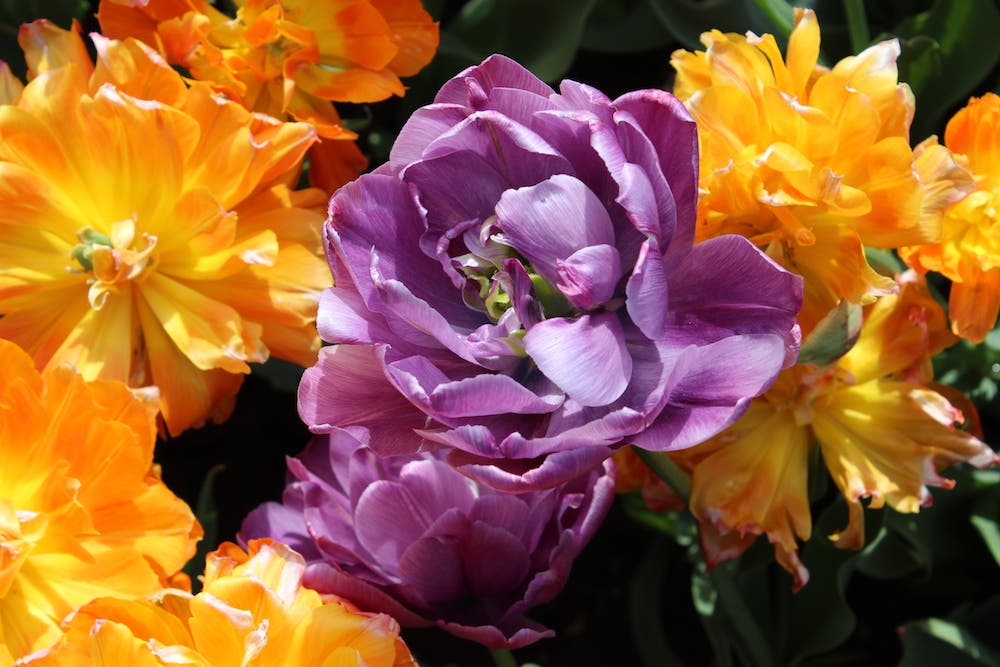
How to travel light on those summertime jaunts while maximizing your optical flexibility? Acquire a high quality 1.4x or 2x tele-converter that will increase the reach of your lens by its stated multiplication factor while reducing its maximum aperture by only 1 or 2 stops respectively. These compact, lightweight accessories provide a convenient, more portable alternative to carrying heavyweight telephoto lenses. The best ones deliver impressive image quality, maintain communication between the lens and the camera so auto-exposure (AE) and AF functions operate normally, and are multicoated to maximize light transmission and minimize flare and ghosting.
A top choice: Sigma APO Teleconveter 2x EX DG () that’s available in in Canon EF, Nikon F, and Sigma SA mounts.
